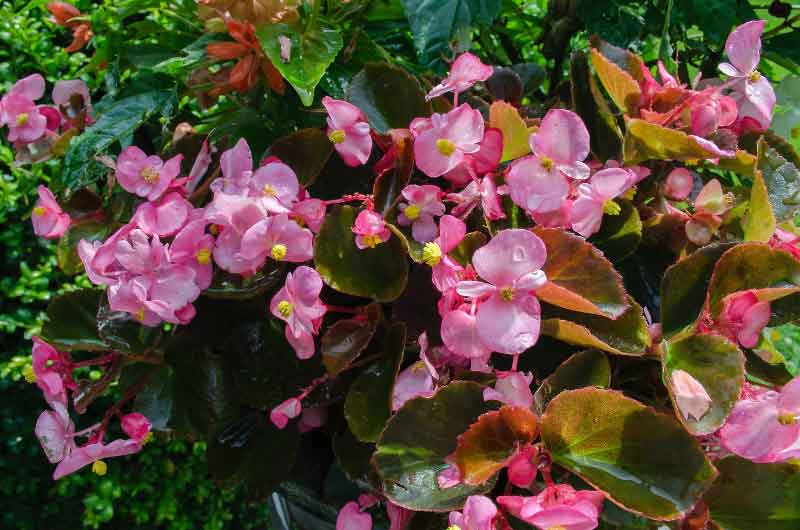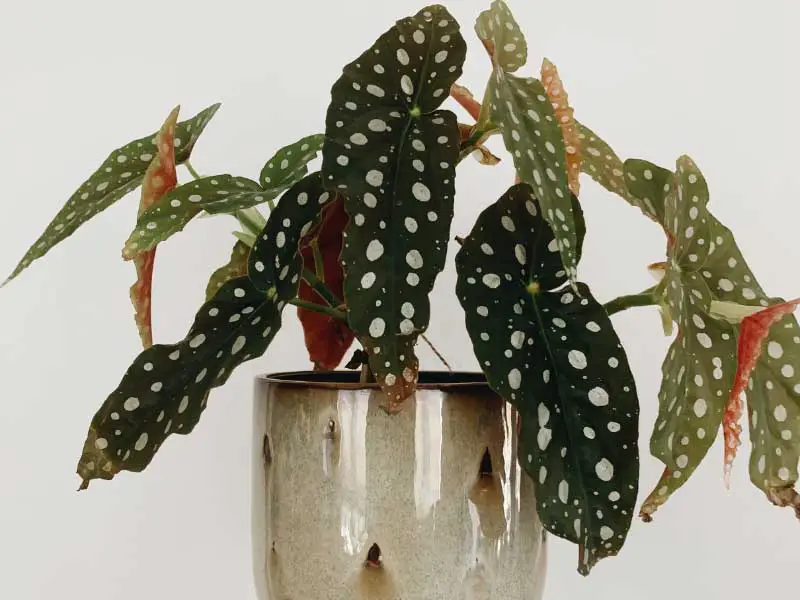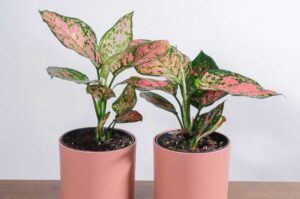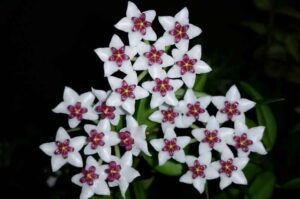Do Begonias like sun or shade? (The ultimate preference guide)
Nothing can add beauty to your apartment or garden like pinkish-red Begonias. People love their flowers. Begonias are amongst the most adaptable plants. They can be grown indoors or outdoors, in the sun or shade. While some Begonias can tolerate more sunlight, others prefer semi-shade.
The preference for sun or shade depends upon the species of Begonias which you are growing. If you are growing Cane Begonia which is famous for its small colorful flowers and lush foliage, you should need bright and diffused sunlight. Whereas if you are growing species like Rhizomatous or Rex Begonias, they prefer a more shady place.

Begonia is an excellent choice for summer-long blooms that last a long time. There are many Begonias available to purchase in the store. Each one has its characteristics. Some Begonias need lots of sunlight, while others can tolerate very little. Some Begonias grow into mounds of leaves and flowers, while others have arching, trailing habits.
To make the best choice for your garden space, research and determine which Begonia species you want to plant.
Why is Sunlight Important to Your Begonias?
Begonia leaves are an eye-soothing treat since their foliar structure is unique and attractive. The plant absorbs the visible wavelength of light when exposed to sunlight. The light is then converted into carbohydrates by the process called photosynthesis.
It gives your Begonia the energy it requires to carry out all metabolic activities.
Some Begonias, like Wax Begonias, grow faster when exposed to filtered sunlight.
There are better ideas than placing your Begonia pot in a dark corner. However, they will still survive as long there is light through the day.
Some popular Begonia varieties and their lighting requirements
These plants are home to over 1200 varieties. If indoor Begonias are your goal, make sure you choose varieties that aren’t sensitive to light. Below are some great Begonias that can be grown in low lighting.
Begonia maculata

Begonia maculata is some of the most unique Begonias. Begonia maculata‘s silvery leaves are sensitive to light and heat. They will be happy if you keep them indoors. They are also more likely to grow faster when they are away from the direct sunlight.
Begonia pavonina
Begonia pavonina‘s glowing cobalt-blue leaves make it irresistible. This is why so many plant lovers refer to it as Peacock Begonia. Many believe that Begonia pavonina absorbs more energy when placed in dim lighting (as in the shade). These structures are amazing at reflecting blue light and absorbing green and red. They do this well while remaining in the shade.
Tuberous Begonia
Tuberous Begonia is another species that will appreciate you putting it in a shaded place. It can grow stunning flowers in various colors, including soft pinks and pastel yellows to crimson and lilac.
Tuberous Begonias thrive in shaded areas. People sometimes place them in indirect or filtered sunlight at night. After this, they look great. These will brighten up dark areas in your home.
Cane Begonia
Cane Begonia also called Angel wing Begonia is well known for its beautiful teardrop-shaped foliage and colorful flowers. It can grow best in bright and indirect sunlight.
Rhizomatous Begonia
Rhizomatous Begonia famous for its colorful and attractive foliage prefers a more shaded area to grow well. They are always preferred to be grown in indoor conditions.
How much light do Begonias generally need?
It all depends on which Begonia variety you wish to grow. However, they only ask a little. Begonias are very popular as low-light houseplants. Any Begonia species can be kept healthy by being placed in indirect sunlight.
You must place your pot outside the garden or on a roofless patio. Your Begonia should receive the sun’s rays through another medium. For this purpose, you could use curtains or a canopy of older trees to provide shade.
Some people live in sunny areas, which means your pot may be too exposed to the sun. The pot will still be valid even if you cover it with a cloth because the sun’s rays penetrate through materials when it is hot.
Where to plant Begonias?
Begonias do well in partial shade or dappled light. South-facing locations are best as the leaves can become too hot in direct sunlight. Shade may be necessary if you grow Begonias indoors.
The tuberous Begonia is a great choice for hanging baskets or pots. Their heavy, brittle flowers and stems are best suited for growing in pots or hanging baskets. If the temperatures are too high, flowers will quickly fade away. Begonias with fibrous roots can be tightly packed into summer arrangements of other bedding plants.
Foliage Begonias work best when grown in a dappled shade. They will have a great time in the garden during summer when it is in dappled light.
Do you need to keep Begonias indoors in winter?
If you’re a Begonia lover, you probably plan to grow them over the years. People find them attractive because of their beautiful fragrances and bright colors.
Begonias may not be the most resilient of plants. They are unlikely to survive in harsh conditions.
Some people prefer to let their plants grow naturally. However, this can pose a risk. Some Begonias may go dormant during winter.
You can also think of it as hibernation. Moreover, their stems and leaves will likely fall. Other Begonias don’t face similar problems. Their soil will get colder as the days go on.
Begonias need warmth to remain healthy.
You can store Begonias for winter by removing them from their pots. After drying the tubers, spread them on a piece of newspaper. You can then store them in paper bags. Some Begonia varieties, such as Wax Begonia, don’t require extra steps. The winter months will be pleasant for them if they are kept warm in an indoor area.
You can avoid all of these problems by storing Begonias in the winter.
Begonia Care Tips
If you take care of it properly, your new Begonia plant will last for many years as part and parcel of your home decor. We’ve included instructions along with the Begonia to help you enjoy your new flowering plant for as many years as you want.
- Plant Begonias in a pot that leaves about 2 inches around the roots. A pot too big will not allow the proper Begonia growth.
- Begonias love to be in areas that receive daily morning sunshine.
- Water the plant regularly. The soil must be kept moist but not soggy. The plant will need water if the soil feels dry. It has probably received too much water if it is damp. Too much water can lead to root rot, killing the Begonia. We recommend watering the Begonia over a bowl or sink to drain excess water.
- Provide a balanced fertilizer to your houseplants once per month. Follow the instructions on the label for plant food.
- Remove any dead or faded blooms from the plant. If you leave deadheads on the plant, it will try to revive them instead of focusing on maintaining its health.
- Begonias need to live at 65-72o F. They thrive in humid, warmer temperatures.
We hope that by now you’ve got to know enough about how to take care best of your Begonias species!






